Packaging stickers are powerful tools in the world of product marketing. These small yet impactful elements not only enhance visual appeal, but also communicate crucial brand information, and emphasize the unique identity of a product.
Understanding their significance and knowing how to leverage them effectively can give any product a competitive edge in the bustling marketplace. Let’s explore the world of packaging stickers in more detail.
Importance of Sticker in Enhancing Packaging Appeal
Packaging stickers serve multiple functions that collectively enhance the appeal of a product’s packaging. They help brands communicate with their audience, set the tone for the customer experience, and differentiate their offerings from competitors.
Here are a few reasons why stickers are indispensable in enhancing packaging appeal:
Brand Identity
Stickers can encapsulate a brand’s unique personality and values, serving as a miniature canvas for branding. From the brand’s logo and color palette to its typography and tagline, a well-designed packaging sticker can contribute significantly to brand recognition and recall.
Visual Appeal
Humans are visual creatures, and stickers add an extra layer of visual appeal to packaging. With the right combination of colors, design elements, and finishes, stickers can elevate a product’s aesthetic appeal, catching the eye of potential customers and inviting them to learn more about the product.
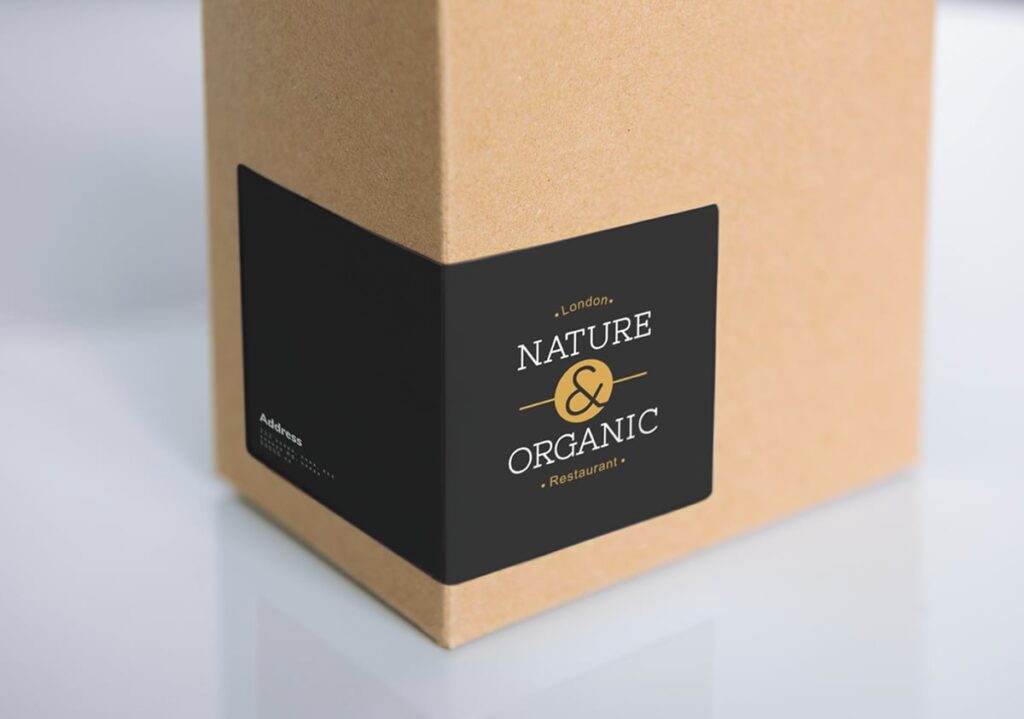
Communication Tool
Stickers for packaging serve as a vital communication medium between the brand and its customers. They can carry essential product information, such as ingredients, instructions for use, and certifications, helping consumers make informed purchasing decisions.
Customization
Custom stickers for packaging enable brands to adapt their messaging for specific products, audiences, or occasions. Whether it’s a special edition product, a seasonal offering, or a product variant, stickers provide the flexibility to customize the packaging accordingly.
Affordability
Stickers are a cost-effective packaging enhancement tool, making them an excellent choice for businesses of all sizes, especially those operating on tight budgets.
Choosing the Right Sticker for Your Packaging
Creating an effective packaging sticker involves choosing the right type of sticker and selecting the appropriate material for it. Let’s delve into these aspects:
Understanding Types of Stickers
There are several types of stickers available, each offering a unique set of benefits:
Die-Cut Stickers
These stickers are cut to the exact shape of your design, providing a high degree of customization and a distinct look. They are perfect for intricate designs and brands looking to make a strong visual impact.

Kiss-Cut Stickers
While similar to die-cut stickers, kiss-cut stickers have a border of extra material around the design. This border can provide additional space for information or design elements and make the sticker easier to peel.
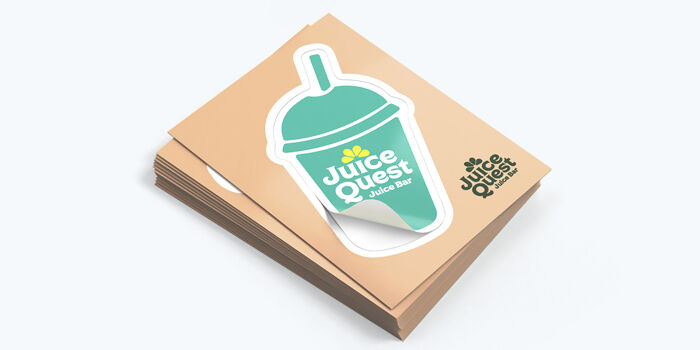
Sheet Stickers
These stickers come on a sheet, allowing multiple designs or duplicates of the same design to be printed together. They are a cost-effective option for brands needing a large quantity of stickers.
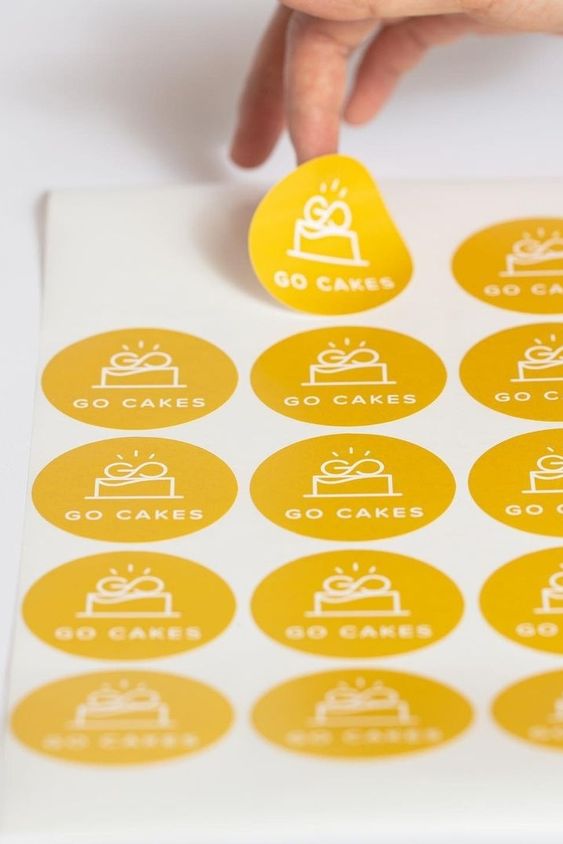
Roll Stickers
Roll stickers are ideal for businesses that require stickers in bulk. They can be quickly applied using a machine, making them suitable for large-scale operations.

Choosing the Right Material for Stickers
Sticker materials can influence the look, feel, and durability of the sticker. There are two primary types:
Paper Stickers
Paper stickers, favored for their versatility and affordability, are well-suited for indoor use. They can sport a matte finish for a non-reflective, smooth look, a gloss finish for vibrancy and shine, or a unique soft touch finish for a luxurious feel. The customizable nature of paper stickers allows for colorful designs and even foil-stamped metallic elements, providing a wide spectrum of creative possibilities to elevate a brand’s packaging.
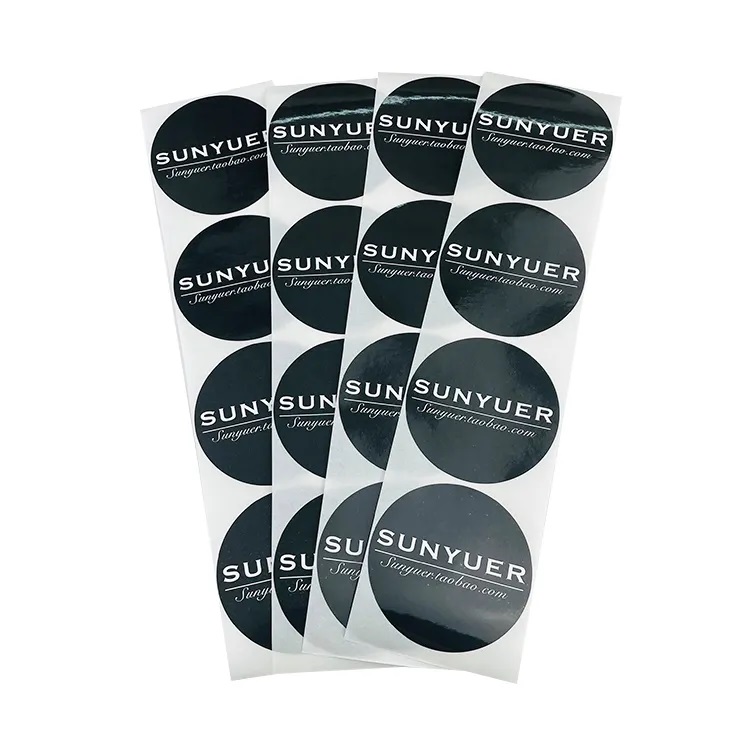
Plastic Stickers
Plastic stickers, typically made of vinyl, are more durable and resistant to water, UV light, and other environmental factors. They are ideal for products that will be exposed to harsh conditions or require a more premium look.
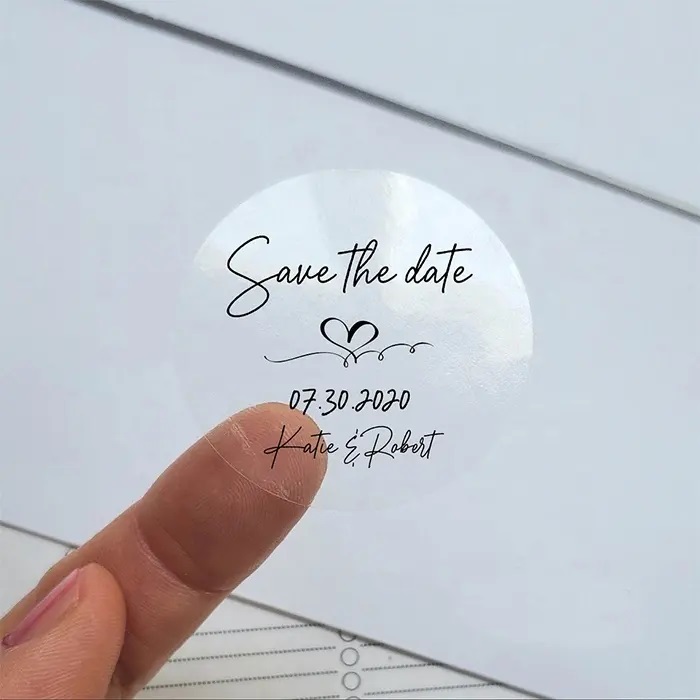
Appreciation of Successful Sticker Packaging
Many brands have leveraged the power of packaging stickers to differentiate their products in a competitive market. Here are a few real-life examples of successful sticker packaging:
Foil Stickers

A prime example of a foil sticker’s potential is the gold metallic round sticker often seen on premium products. This sticker, with a simple logo etched in the center, emits a subtle radiance, signifying high quality and elegance. This simple yet sophisticated design approach adds a touch of luxury, enticing customers who appreciate finer details.
Clear Plastic Stickers
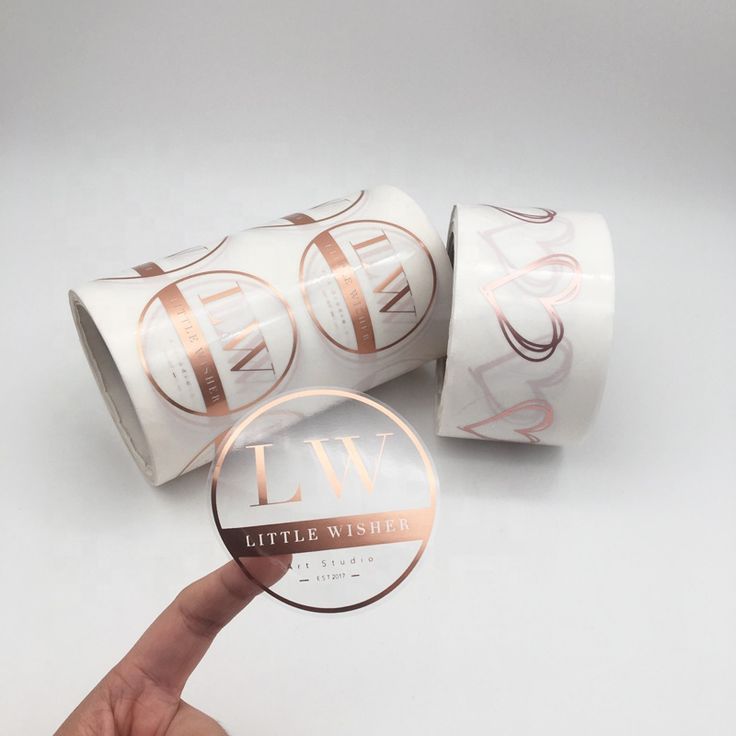
Roll stickers made from clear plastic have also proven successful, particularly when coupled with metallic logos. This combination offers a professional and polished look that is durable and resistant to environmental factors. The metallic logo stands out against the transparent background, drawing attention to the brand and contributing to a premium feel.
White Paper Stickers
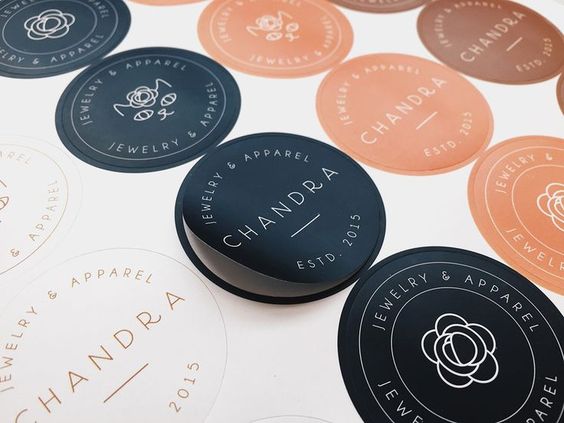
For brands aiming to achieve a minimalist, clean design, white paper stickers are a popular choice. A noteworthy example includes a design of four different backgrounds, each contrasting white text and logo. This approach results in a vibrant and visually appealing design that simultaneously conveys essential information and enhances brand recognition.
By carefully selecting the right type of sticker and considering the design elements, brands can create packaging stickers that significantly enhance the product’s appeal and resonance with their target audience.
In conclusion, stickers are an essential tool in a brand’s packaging strategy. They enhance packaging appeal, communicate key information, and give brands a valuable opportunity to express their unique personality. By understanding the various types of stickers and choosing the right material, brands can effectively harness the power of stickers to enhance their packaging and ultimately, their brand appeal.

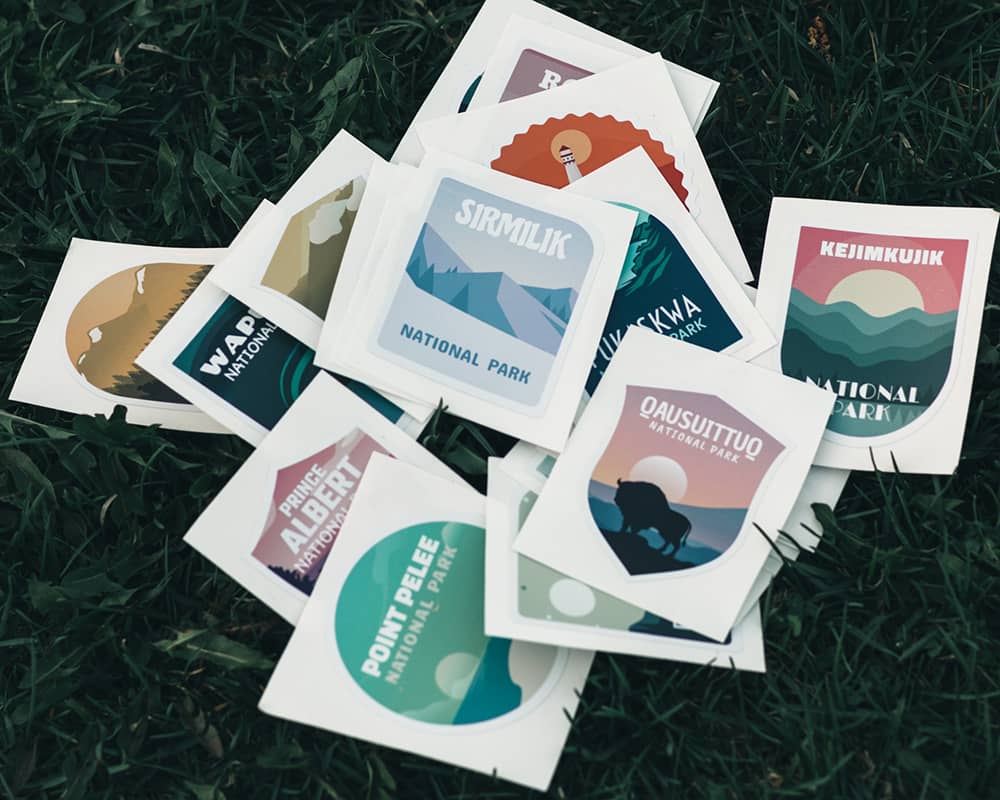
One Response
Greetings! Very helpful advice in this particular article! It is the little changes that will make the largest changes. Many thanks for sharing!